About
Company History
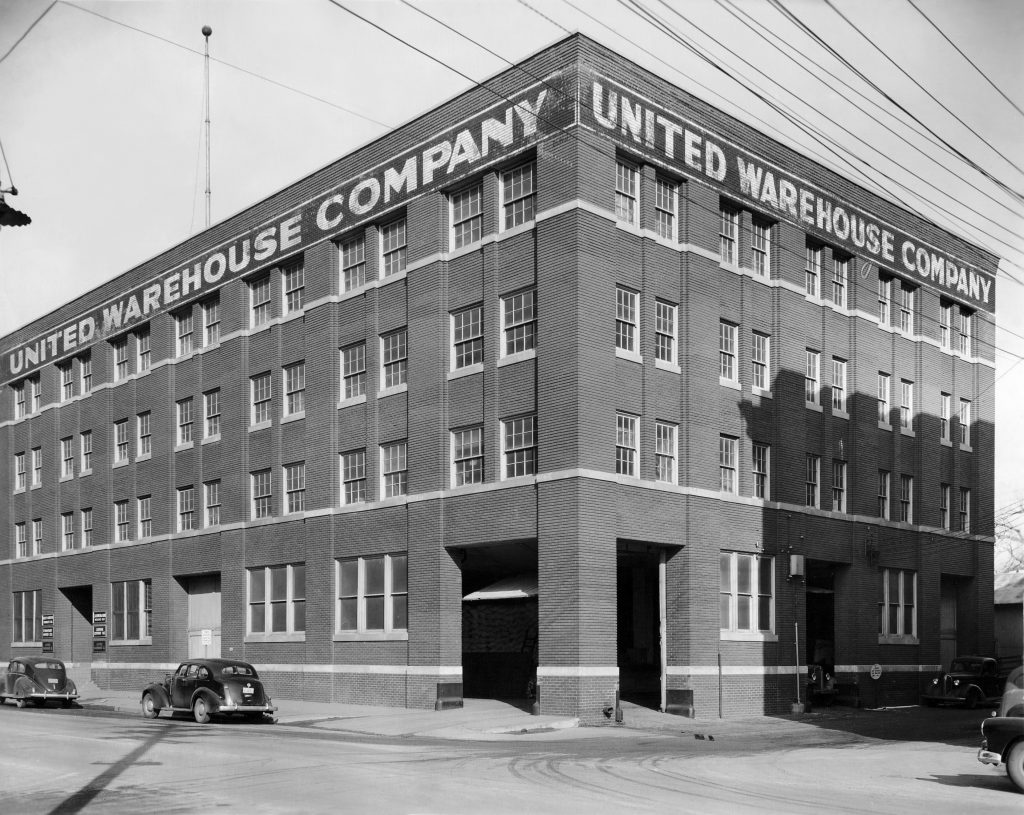
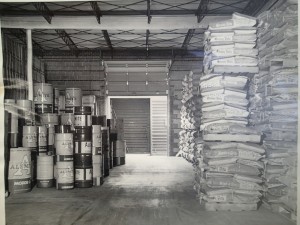
1915. The history of the great industrialist and financier, the trust-builder and the tycoon. From the shop floor to the boardroom, American corporations were reshaped as management, efficiency, and mechanization took hold. The American economy was booming – Ford had just sold its 1 millionth car and the first household refrigerator was built and delivered.
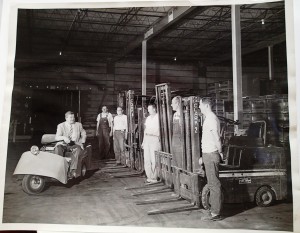
With the rise of the American consumer economy and the nation spending an increasing share on appliances, recreation, and a host of new consumer products, newer industries, such as appliances, automobiles, aviation, chemicals, entertainment, and processed foods, surged ahead rapidly. To keep pace with the need for a rapidly growing, advanced, flexible, and efficient distribution network, the outsourced logistics industry was born, better known as “third-party logistics,” or 3PL. Third-party logistics included many supply-chain processes, such as trucking, warehousing, inventory management and in-transit product services.
Our history began in 1915 when the Rumley building, owned by Wichita’s, A.F. Jones and A.S. Parks, began to operate as the United Warehouse Company. To meet the growing consumer demand, manufacturers began storing everything from automobiles and farm equipment to sugar and paper. The five-story, fire-proof building located in the center of the country, made United Warehouse the perfect partner for manufacturers across America.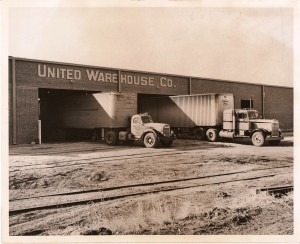
Lee B Jones became president in 1937 and was instrumental in housing bigger inventories such as construction equipment and lumber. A few years later in 1945, United Warehouse Company unveiled new propane lift trucks for increased speed, accuracy and efficiency. In 1955, Jones broke ground on a new 250,000 square foot facility that quintupled the original warehouse size in order to meet customer demand.
In 1960, a forward thinking United named Kate Jones as president. Jones oversaw the addition of new amenities such as flat bed trucking, rail car unloading, dry van trucking and other first-time services. Twenty years later under the leadership of John Schaefer, the first computer system was added as the facilities were once again expanded to 450,000 square feet.
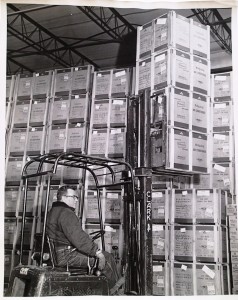
With Wichita named the “Air Capital of the World”, it was only a matter of time until United housed aerospace equipment for the airline industry. Staying under the Schaefer family leadership, Charlie Schaefer took ownership of United Warehouse Company in 1982. The technology sector of the business increased throughout the 90s with the introduction of a vitally important computer-based Warehouse Management System.
In 2004, United Warehouse expanded once again and opened a new facility in Tulsa. United progressively improved its technology with the implementation of an advanced barcode-scanning system. To support global oil exploration and production, United began to store newly-manufactured oil industry tools and equipment.
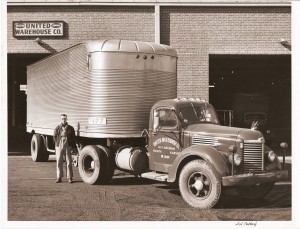
One hundred years of history later, Brett Schaefer leads the United Warehouse Company in continuously expanding the company’s facilities, most recently to 1.5 million square feet of warehouse space, always growing their technology capabilities to be at the forefront and to uphold the values United has held true for the last century.
History of Charles Jon Schaefer
1945 – 2014

Charles Schaefer was born in Chicago, Illinois to John and Hortense Schaefer, on September 29, 1945. When Charles was only two years old, his father moved the family to Wichita, Kansas to begin work at United Warehouse Company. Over the ensuing years, Charles became an integral part of both the city and the business that he and his father loved, and he lived a full and active life as a leader in the community and in the logistics industry.
Charlie, as he was known by his friends and family, took over the business from his father in 1982 and it has remained a family business to this day. It was Charlie’s passion to always be ready for the future and he steered the company into the modern age with bright new facilities and the latest technology in warehouse management and barcode scanning systems.
Charlie had an everlasting faith in the marketplace. He was convinced that a 3PL was the answer to fulfilling the needs of his customers. “Find the need, and fill it.” He believed in listening to his customers and that keeping them happy didn’t have to be difficult, “If you don’t know what your customer needs, just ask.” It was really just that simple.
Charlie was steady and undaunted during the lean years. Relying heavily on his faith that God would provide—coupled with his pure optimism and determination—he knew the company would not only succeed, but excel. In every dark storm the company weathered, Charlie was always looking for, and usually found, the shining light.
Charlie believed in, loved and supported his employees. He made it a point to get around every day to speak to his staff and find out how they were doing, to learn about them and their families. His door was always open for discussion, support and encouragement . . . even just to shoot the breeze.
Charlie simply did not know a stranger. Between his many business contacts and industry associates, current and past employees, Charlie . . . who was loyal to all . . . was loved by all.
